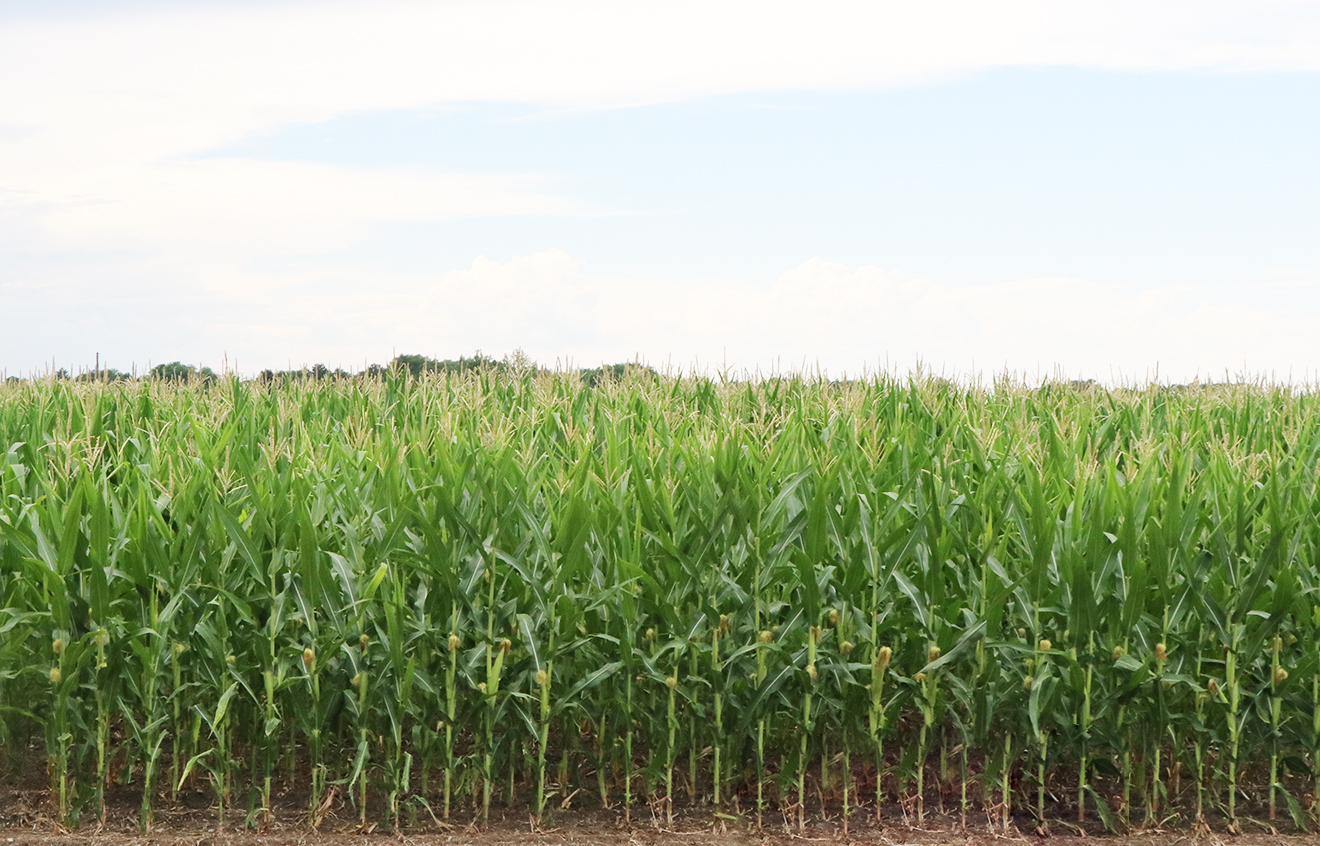![]()

By Jessica Groskopf, Nebraska Extension Agricultural Economist
As we roll into mid-summer, many farmers are looking for opportunities to do some forward contracting for fall. This has led some farmers to ask, “What is a ‘good’ price for 2024 corn?”
When asking yourself this question, recognize that “good” is a relative term. A good price for one farmer may not be a good price for another. First, determine what you are comparing the price against. Once you have determined your measuring stick, we can assess the viability of a price. Here are a few comparisons you might want to make as you consider pricing new crop corn.
1. Lender-provided cash flow budget price. When renewing your operating note, your lender provided an estimated cash price for each commodity. This price varies by bank, but most lenders use $4.75 to $4.90 per bushel for new-crop corn.
A benefit to using the cash flow price as a gauge is that it can help you understand if you will be able to pay back your operating note. A disadvantage to the cash flow price is that it may not be a true cost of production for the given crop. Depending on how your lender structures your cash flow budget, this price may be supplemented by other sources of income, including estimated government payments, off-farm income, and income from other crops or livestock.
2. Breakeven price – Having an accurate cost of production can make it easier for you to know if the price being offered will earn you a profit. Changes in production expectations such as the need for additional inputs to combat pests or changes in yield expectations make breakeven estimates a moving target throughout the growing season.
University of Nebraska – Lincoln Crop Budgets estimate the cost of production for center pivot irrigated corn to be between $4.17 and $5.03 per bushel. There have been opportunities in 2024 to lock in some of your production at or slightly below the current cost of production estimates.
3. Crop insurance price – Crop insurance revenue protection policy calculations are based on the “projected price,” which is the average of the closing prices of the December corn contract during the month of February. This price gives you a sense of where the futures market expects the price of a commodity to be at harvest. For the 2024 corn crop, the projected price is $4.66 per bushel. The projected price can be adjusted to a cash price by adding your expected harvest basis.
4. Market price estimates – Most farmers have an idea of where they think the market will go. This price expectation can also be used to gauge the current price. However, make sure your price expectation is realistic. The June 2024 WASDE report estimates cash corn prices for the upcoming crop at $4.40 per bushel.
Once you have determined which measurement you are going to use to gauge the price, write a grain marketing plan. A pre-harvest grain marketing plan should break your anticipated sales into smaller units and outline specific price targets and sales deadlines. This allows you to compare the current price to your marketing goals, removing some of the emotion from marketing.
You may feel pressure to sell a lot of grain during the growing season this year. Caution must be given not to oversell pre-harvest bushels. Although price risk is reduced by pre-pricing, dryland producers, especially, are still exposed to yield risk. In your grain marketing plan, you should determine the amount of your expected production that you are comfortable pricing during the growing season.
